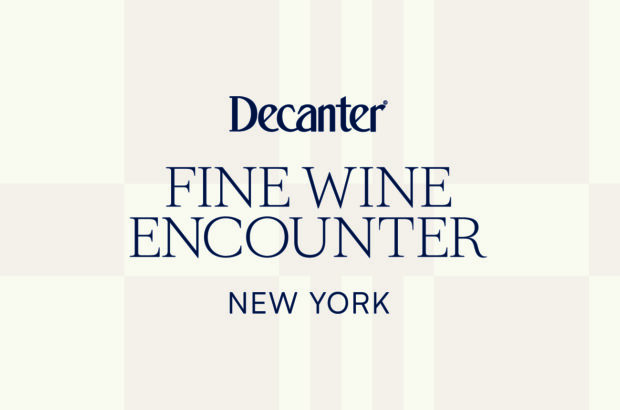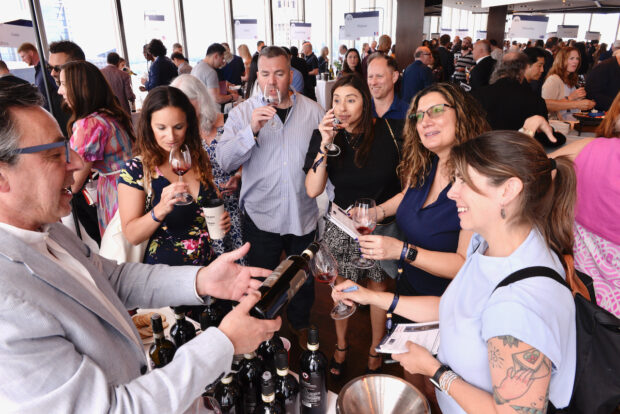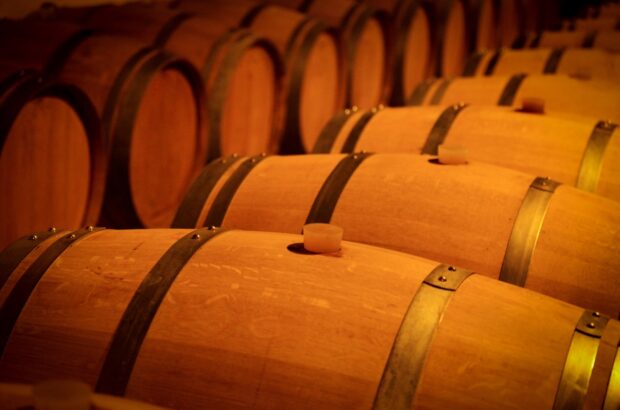In the past, many top restaurants refused to let you bring your own wine or, if they did, the cost was prohibitive. But Tom Cannavan finds that rules on BYO are relaxing – welcome news for food and wine lovers
Wine lovers are generally an easy-going, affable bunch, generous of spirit and always willing to push the boat out in pursuit of their love of wine. Contentious debates like cork vs screwcap or Old World vs New are conducted robustly, but usually with a readiness to listen to other points of view.
There is only one issue capable of transforming this tolerant class of citizen into slavering menaces. If you want to see the biggest personality change since Bruce Banner turned a little green around the gills, just whisper three little words in the ears of your wine-loving friends: restaurant wine prices.
Nothing inflames the passions of your average wine nut like the subject of mark-ups on restaurant wines – typically listed at three or four times the retail price. While gourmets happily accept this profit margin being applied to the skilfully created food on their plate, their arguments on the injustice of wine pricing are compelling: there is no great cost, skill or effort in opening and pouring a bottle, and that effort is much the same whether the bottle costs £15 or £150.
Gross profiteering
The problem is that most restaurants apply a fairly simple pricing model, meant to generate enough to cover all of their ancillary costs. They aim to make about 70% gross profit (GP) on absolutely everything they put on the table. Then they add VAT on top.
In practice, those of us wishing to drink a wine worth £50 in a restaurant might face a bill for £196. And don’t forget the 12.5% service charge that will bump this up to £220.50. Our purchase of that single
bottle will contribute £170.50 to the restaurant’s gross profit, while the house wine drinker on the next table might chip in less than £15. There is a powerful argument that those ordering expensive wine subsidise everyone else in a restaurant. They are certainly every restaurateur’s dream customer. True, some places give a break towards the top of
the wine list, reducing their GP a little. But even in the starriest restaurant it is hard for a chef to spend more than £30 on the ingredients for three courses, so the food bill is naturally capped. But the cost of fine wine is practically limitless – and so is the profit.Though most restaurateurs don’t see the iniquity in this, it can be counter-productive. I know wine
lovers with plenty of disposable income who refuse to play this game, drinking their best wines at home while ordering the cheapest wines when dining out. A few enlightened restaurateurs – invariably those who have an interest in wine themselves – play by different rules, switching to a fixed cash margin on the wines at the top of their list, for example. They may not make as much per bottle sold, but they will sell an awful lot more of them.
Is there another way?
But last summer a new phenomenon occurred, and it was one that rocked many in the industry. Some of the UK’s smartest restaurants began to allow their customers to bring their own bottles. BYO, traditionally the province of unlicensed cafés and downmarket eateries, had come to fine dining.
Customers in the know have always developed relationships with sympathetic sommeliers, discreetly bringing along a special bottle with no questions asked. But the veil of secrecy around BYO in fine dining – anathema to the vast majority of restaurateurs – was finally lifted. Michelin-starred chefs like Richard Corrigan in London’s Mayfair announced a special deal last August where diners could BYO, while Tom Aikens, speaking last June about his own BYO policy, admitted it ‘allowed customers to drink a great bottle of wine without being charged through the roof for it.’
Further evidence that BYO is finally gaining acceptance in top establishments arrived in the shape of the BYO Wine Club, launched last summer by entrepreneur and wine buff Khadine Rose. The club negotiated BYO concessions for its members in top-end restaurants that would previously have rejected the idea. The BYO Wine Club has etiquette rules, and issues members with discreet bottle totes rather than have them walk into a flash restaurant nursing a crumpled Sainsbury’s bag. This is the new face of BYO, not aimed at those looking for a cheap night out, but at passionate wine and food lovers wanting to drink a treasured bottle with great cuisine.
Annual membership of the club, at £99, makes this a club for serious food and wine lovers who are prepared to pay for the privilege of BYO. Diners then pay a corkage fee to the restaurant, which varies from zero (Club Gascon) to, more generally, £15 (Arbutus, L’Autre Pied and others).
A two-way street
If this is the seed of a revolution in how UK restaurants think about wine and wine lovers, then it’s one that needs nurturing by both sides. Most top restaurants require the BYO diner to pay a corkage fee. Just how much this should be is another area that gets wine lovers irate. Many people are used to unlicensed local cafés charging a pound or two per bottle, but that’s not sustainable for fine dining restaurants where every aspect of their costs is higher.
Our side of the bargain (as wine-loving restaurant customers) is to understand that BYO is a huge concession, and all those costs of the restaurant do not go away. I think a corkage charge equal to the price of the restaurant’s house wine is the very least we should be prepared to pay to enjoy a food and wine experience that would otherwise be unattainable.
Blogger Gourmet Traveller (gourmettraveller. wordpress.com) recently telephoned scores of top-end London restaurants asking if they would allow BYO. Although it is something they would never advertise – and may never have done in the past – the vast majority said yes. A small revolution has started in 2010, perhaps spurred by the global downturn, but it has the potential to change wine’s place in fine dining permanently.
The new BYO has arrived and could be the luckiest break our small (and quite insignificant) band of serious wine and food nuts could enjoy. Take along your best bottles, share a glass with the sommelier and strike up a rapport. We are the children of the revolution, and it is up to us to convince restaurateurs that BYO drinkers might just
be some of their best customers.
Written by Tom Cannavan







